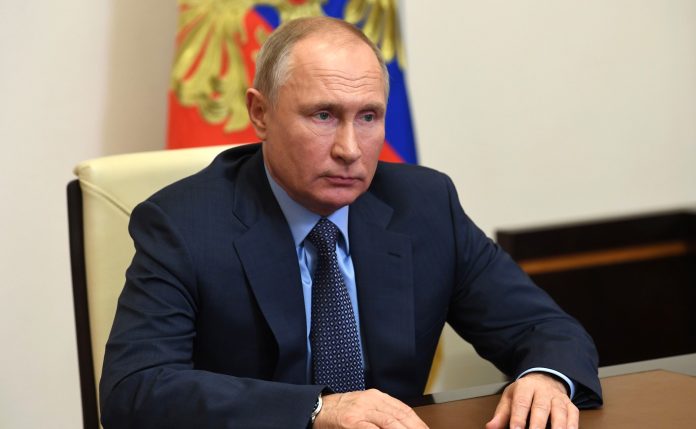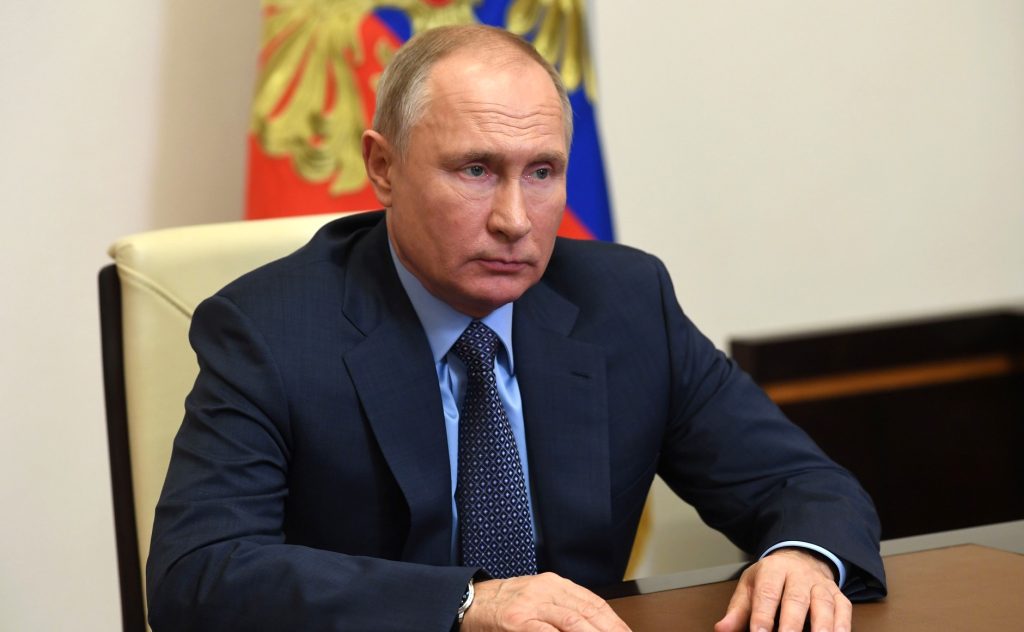
A swarm of low-cost drones costing €10,000 or less per unit has reliably shut down major European airports, entered the airspace of NATO, and flown over military bases from Poland to Belgium. Such incursions, broadly suspected by Western leaders to be part of the hybrid warfare program of Russia, are not only intimidations technological tests of Europe’s air defenses, designed to uncover vulnerabilities and wear out expensive interceptors.
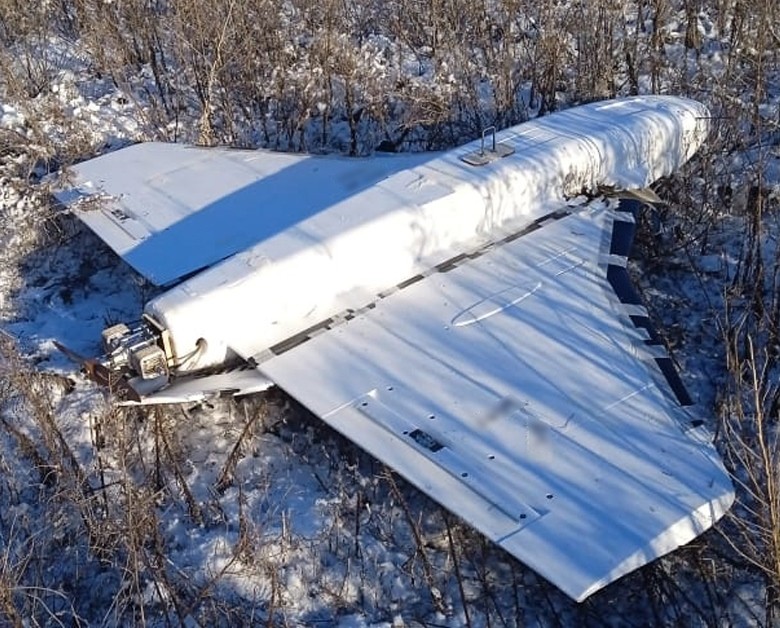
1. Engineering the Drone Threat
The drones utilized in recent incursions are typically constructed of light materials such as plywood and Styrofoam, making them difficult to detect on radar and jam using infrared. They possess low-flying capabilities and minute radar cross-sectional areas that render detection by typical surveillance systems difficult. Others, like the Russian Geran, are capable of carrying minor payloads for reconnaissance or sabotage. NATO’s shooting down of these drones has exposed a costly imbalance: to shoot down a €10,000 drone with a missile that itself costs over €1 million is not sustainable in the long run.
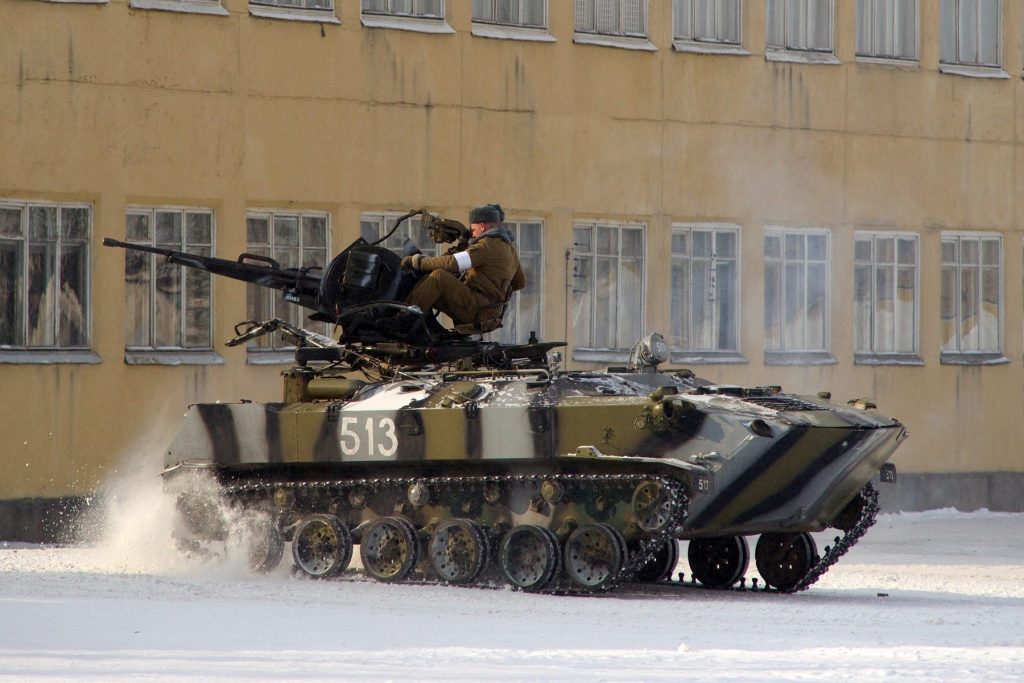
2. Strategic Objectives Behind the Flights
Observers have dubbed the incursions as deliberate probes. Moscow’s hybrid assaults aim to regularize such occurrences, erode public confidence in NATO, and push the Alliance to spend resources disproportionately out of proportion, states the International Institute for Strategic Studies. By attacking critical infrastructure airports, military bases, undersea cables Russia can disrupt European societies without triggering a full-scale military response.
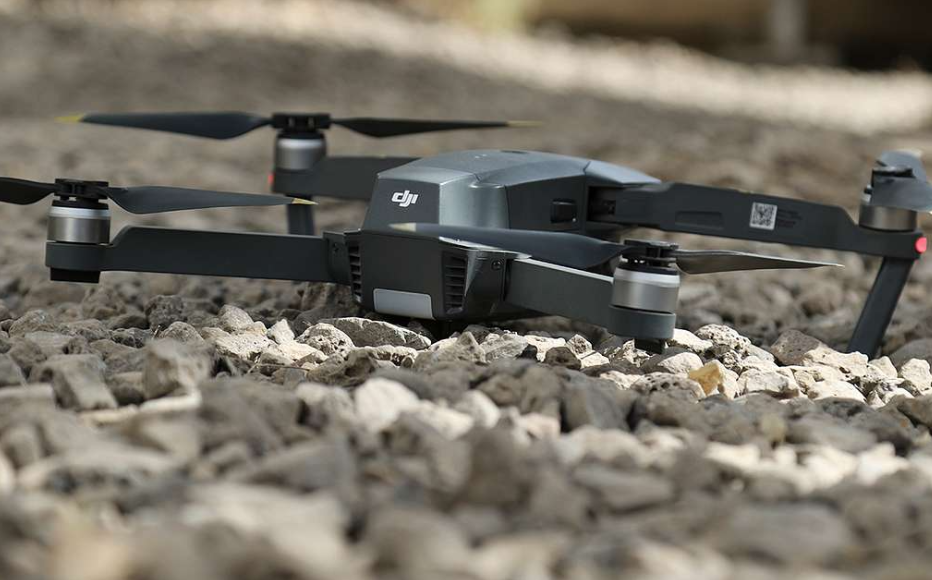
3. The “Drone Wall” Concept
In reply, EU leaders have proposed a drone wall a layered shield of mobile tactical radar, electro-optical sensors, and rapid-fire gun systems, supplemented with fixed batteries against higher-flying threats. Technically possible, experts caution of the enormous expense and logistical depth required to cover thousands of kilometers of European borders. The system would need to integrate counter-UAV measures such as GPS jamming, directed-energy systems, and cyber attacks to disable enemy drones before entering critical areas.
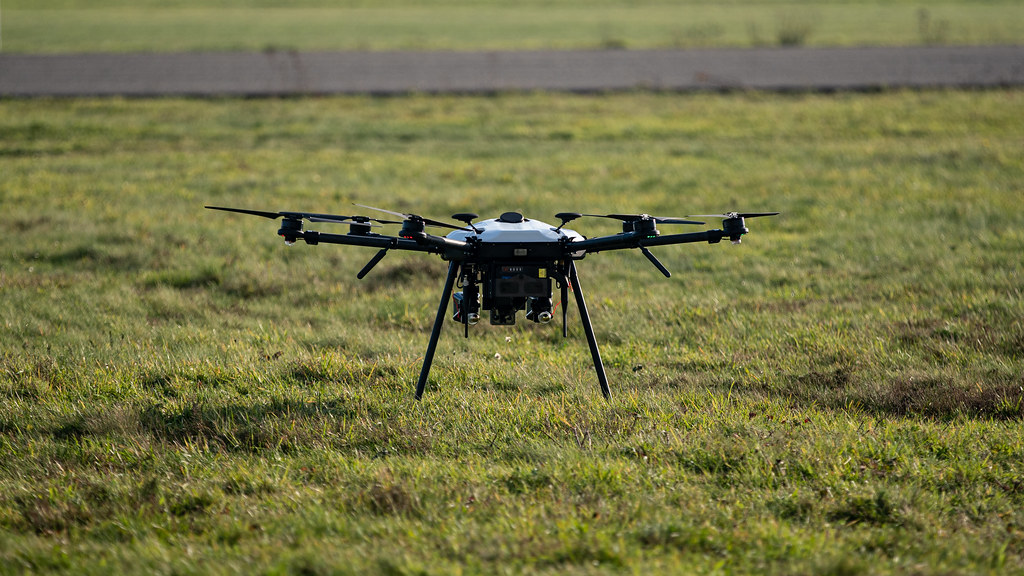
4. Counter-Drone Technologies in Play
A number of NATO members have already invested in advanced solutions. An Australian company secured a €84 million contract for a high-energy laser weapon capable of burning through UAV fuselages in mid-air. BAE Systems has recommended adapting the laser-guided Advanced Precision Kill Weapon System rockets for the Eurofighter Typhoons as a cheap alternative to air-to-air missiles. These systems can potentially deal with cost asymmetry by offering quick, precise, and reusable interception capabilities.
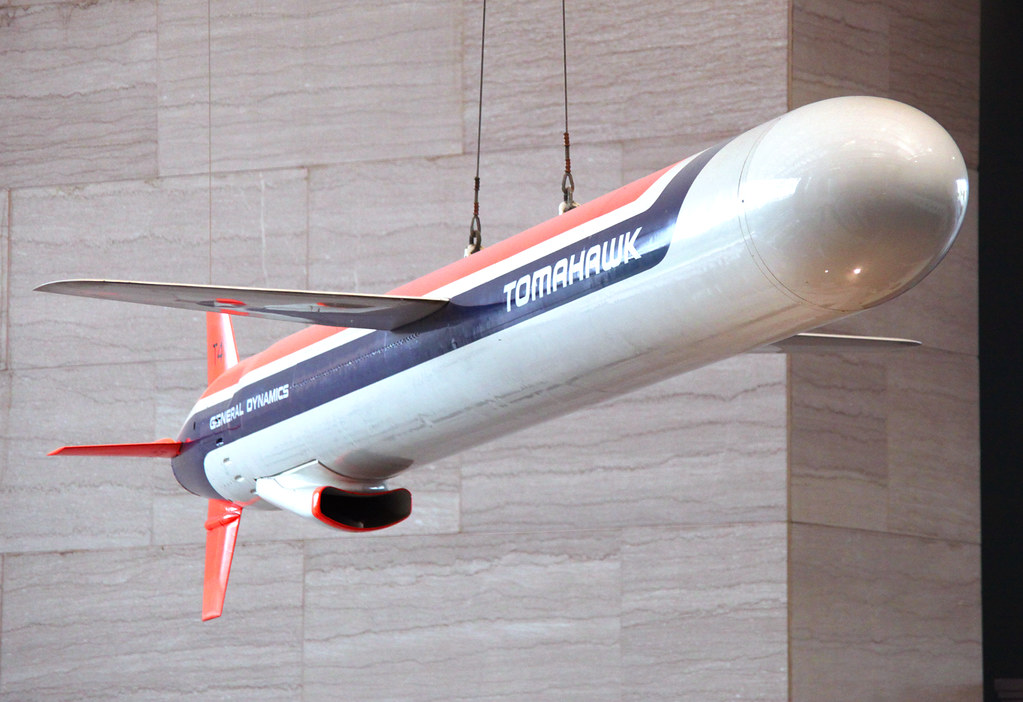
5. Tomahawk Missiles and Escalation Risks
In addition to the threat posed by drones is the issue of delivering Tomahawk cruise missiles to Ukraine. With a range of about 1,500 miles and advanced terrain-following radar guidance systems, Tomahawks can strike deep into Russian territory with high precision. President Vladimir Putin has warned that their use would “mean an absolutely new, qualitatively new phase of escalation,” as he asserts they cannot be employed without direct American involvement. While Russia brags about how quickly its air defenses can change modes, the strategic implications of having such extended ranges within the Ukrainians’ inventory are staggering, and may alter deterrence calculations across Europe.
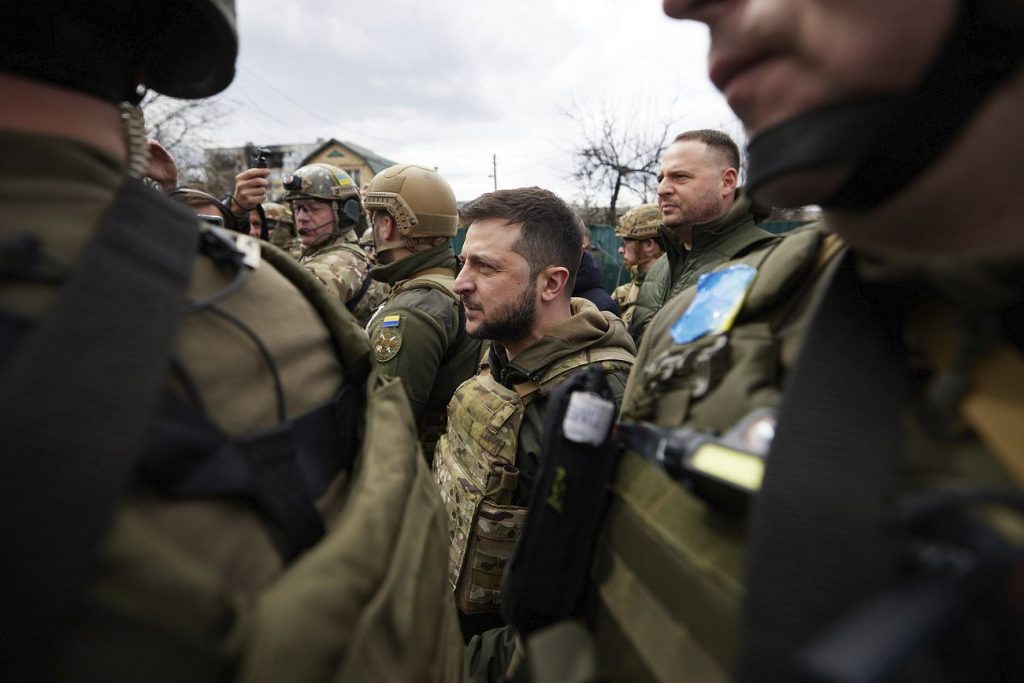
6. Sabotage Beyond the Skies
Drone intrusions are one aspect of a broader pattern of Russian sabotage operations. Since 2023, operations have spanned from fires in warehouses storing Ukrainian-bound equipment, sabotage of undersea cables disrupting communications, and plots to assassinate defense industry CEOs. Most such actions exploit legal loopholes and proxy players to avoid direct attribution, a tactic that analysts have described as a “gig economy” model of covert war.
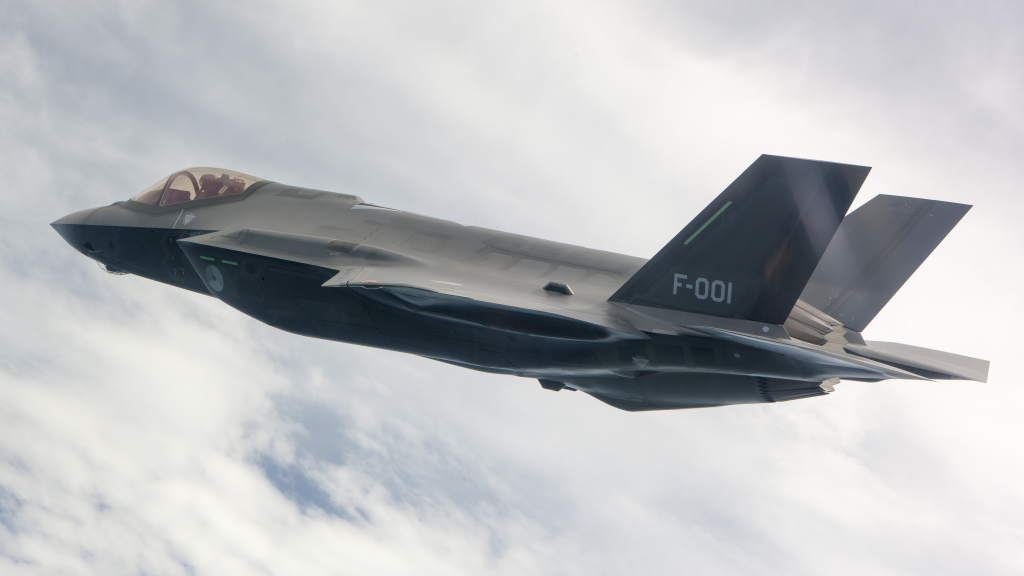
7. NATO’s Operational Response
Recent Polish and Estonian intrusions prompted Article 4 talks, an unprecedented action that demonstrates profound alarm. NATO air policing deployments have deployed Polish F-16s, Dutch F-35s, German Patriots, and Italian AWACS aircraft under the Eastern Sentry posture. However, the use of costly interceptors against low-cost drones has compelled the NATO officials to pursue a 400% increase in air and missile defense capabilities. Pressure is compounded by the risk of miscalculation a mistake such as Turkey’s 2015 shooting down of a Russian Su-24 can get out of hand.
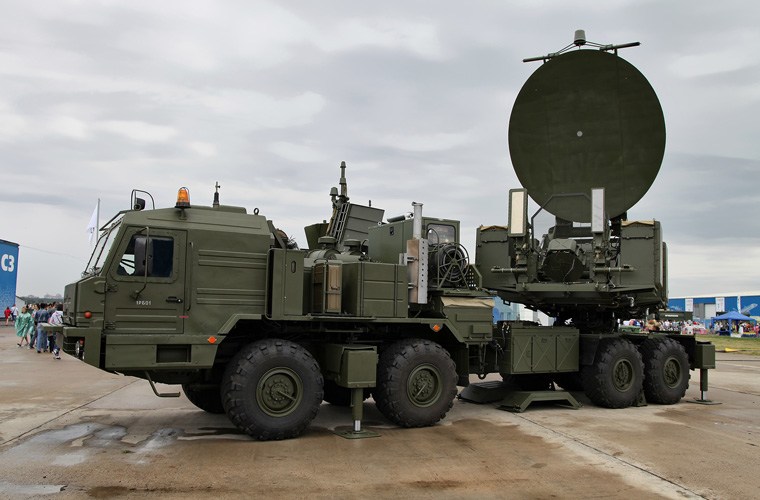
8. Cyber and Electronic Warfare Dimensions
Russia’s hybrid effort also comprises GPS jamming across the Baltic, air traffic control disruption, and maritime navigation interruption. These electronic attacks can blind radar or spoof drone interceptors. Countermeasures consist of hardened GPS receivers, navigation multi-sensor fusion, and AI-based anomaly detection to identify spoofing in real time.
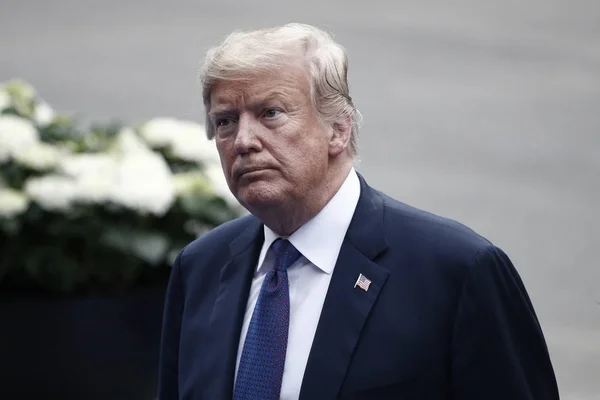
9. Political Signaling and Deterrence
President Trump’s recent flip-flop on backing the shootdown of Russian drones and manned aircraft has given political cover to NATO for more assertive rules of engagement. But former NATO commanders are sounding a cautionary note about shooting down manned aircraft, fearing that Moscow might well seek just such provocations to pursue escalation. The challenge is preparedness without overreaction a balance between deterrence and restraint.
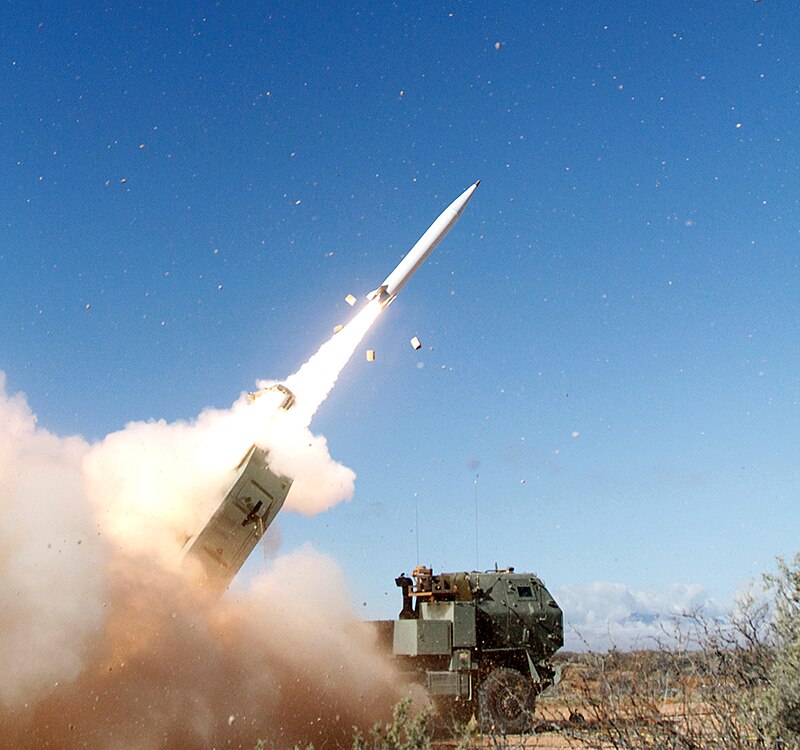
10. Economic Pressure as a Complementary Tool
Aside from military action, additional sanctions pressure on Russia’s energy exports may erode its ability to fund hybrid operations. At inflation rates five times those in most Western economies and zero foreign investment, Russian economic resilience is low. Coordinated assaults on its oil and gas infrastructure perhaps through long-range precision weapons can accelerate this pressure.
The confluence of low-cost drone war, precision missile controversies, and covert sabotage has forced Europe to compete technologically and strategically. NATO’s ability to adapt by way of layered defense, budget-friendly interceptors, and combined cyber resilience will determine if such probes remain irritants or become forces towards a wider clash.
